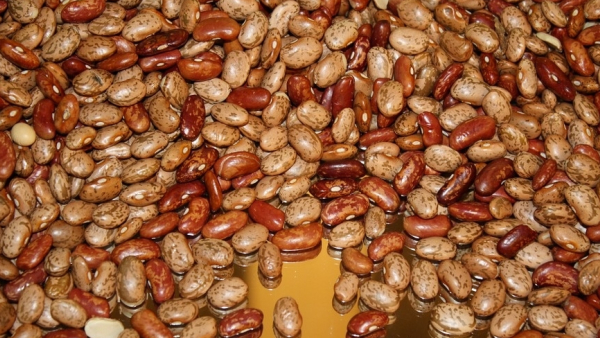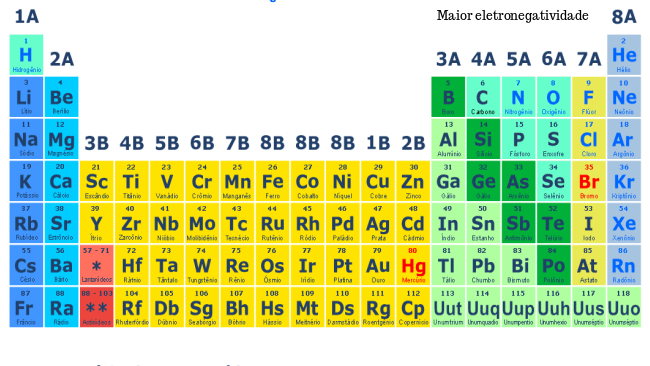Transgenic foods are the genetically modified food, that is, that had their DNA structure altered to fulfill some human purpose.
Genetically modified foods (AGM) or GMO (Genetically Modified Organisms, in English) are obtained from the transgenics, an area of biotechnology that uses genetic engineering techniques to develop new organisms based on the recombination of DNA from different species (recombinant DNA).
In short, genetically modified foods are those that could never occur naturally, as the genetic material of the species involved would not be able to mix in nature.
Among the main objectives of transgenics is the development of foods capable of greater nutritional efficiency, resistance to pests and lower production costs. Thus, theoretically, as a consequence these transgenic products would also be cheaper for the final consumer.
How transgenic foods are produced
Transgenic products are made in laboratories, where they are subjected to experiments with embryos of different types of food species. These researches aim to create the best "recipe" for the development of a final product that achieves the objective outlined by the scientists.
However, for a genetically modified organism to be conceived, researchers need to follow a series of steps:
Step 1: identify the problem that motivates human interference in the development of the species (a fungus, improve production quantity, improve flavor, etc.).
Step 2: identify genes from other species that could solve the problem. It can be part of the genetic material of an animal, a virus, a bacterium, etc.
Step 3: remove the gene from the donor organism and implant it in the plant's DNA. From then on, several essential factors must be observed, such as:
- gene stability;
- the nutritional effects that the transgenic product has;
- effects of possible allergic reactions;
- other effects developed from the insertion of the gene.
Step 4: plant new seeds and test.
All these steps must ensure food and environmental safety, so they must strictly follow the standards of the World Health Organization (WHO) and the UN Food and Agriculture Organization (FAO), by example.
What does the legislation say?
In Brazil, according to the "Labeling Decree" (No. 4,680, of April 24, 2003), all food products that contain more than 1% of genetically modified components must be identified on their packaging.
This identification is made through a letter "T" inside a yellow triangle. In this way, the consumer can be aware of the origin of the product he is ingesting.

Symbol of the transgenic product that must contain on the packaging.
Foods created from genetic modification are protected by patents. This means that producers wishing to use these specific products will have to pay their royalties to the company that developed the original research.
Advantages and disadvantages of transgenic foods
There is great controversy involving research on transgenic foods, as there are strong arguments that reinforce and hinder the advancement of studies in this area.
Advantages of transgenic foods
- Plants can be created to be pest resistant specific, avoiding the use of pesticides and thus reducing the environmental impact and on people's health;
- Develop plants that produce more food, ensuring greater product efficiency;
- With an increase in the number of productions and a decrease in the need to use pesticides, products tend to become cheaper for the final consumer;
- Transgenic foods can be modified so that they have greater nutrient richness.
Risks of transgenic foods
- Genetic modifications in food can cause people develop diseases, such as allergies or even cancer;
- Environmental imbalance, if not done following a thorough study.
See also the meaning of transgenic.
Examples of transgenic foods
Corn

Corn is one of the most consumed transgenic foods in Brazil. Approximately 90% of all national production is genetically modified, with several variations that, mainly, become more resistant to attack by pests and insects, for example.
Soy

In Brazil, the National Technical Biosafety Commission (CTNBio) allows the production of five different variations of transgenic soy. Most of these genetically modified species are tolerant to herbicides and insect attack.
Approximately one third of all soy production in the country is of transgenic origin.
Zucchini

There are some varieties of zucchini that have been genetically engineered to resist certain types of viruses. Although marketed in the United States and other countries, these transgenic zucchini have not been approved for consumption in Brazil.
Bean

Embrapa (Brazilian Agricultural Research Corporation) has developed a type of genetically modified bean resistant to the "Golden Mosaic" virus. This disease is one of the most affecting bean plantations across South America.
Transgenic food in Brazil
In Brazil, the sale of some transgenic foods is allowed, such as corn, cotton and soy, for example.
However, all genetically modified products in the country must undergo a series of evaluations of safety guided by the National Biosafety Council and the National Biosafety Technical Commission (CTNBio).
Organic food and transgenic food
Organic foods should not be confused with transgenics.
Transgenics are genetically modified, while organic ones are those that did not suffer any kind of influence from synthetic substances, such as pesticides, pesticides, growth regulators, additives, etc.
Organic foods are characterized by following a natural biological system, totally avoiding environmental impact, pollution and ensuring sustainable development in agriculture.
Transgenic foods, in turn, are classified as such because they have undergone an artificial change in their genetic structure. However, this does not mean that they are free from receiving synthetic substances, such as fertilizers and additives, during planting.
Know more about:
- Organic agriculture
- Biotechnology


